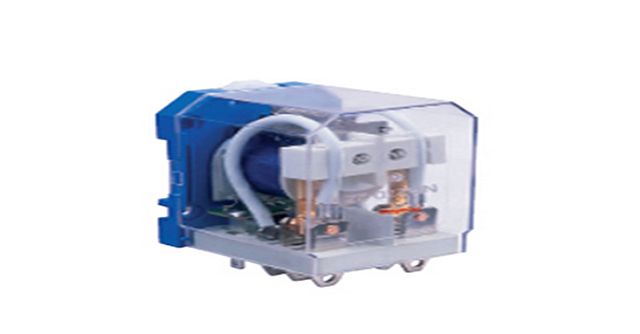What are power relays used for?
Relays act as electrical switches that control the operation of other switching components in circuits. They enable low-power signals to regulate high-power electrical systems.Their primary function is to provide safe and efficient control over substantial currents and voltages, ensuring protection for sensitive control components. Here are their key applications:

1. Industrial control
Motor control: start and stop large motors, adjust motor speed.
Equipment protection: cut off the circuit when overloaded or short-circuited to protect equipment.
Automation system: switch complex circuits in PLC.
2. Automotive Systems
Manage high-current circuits such as starters, headlights, fans, and fuel pumps.
Enhance safety by isolating control modules from high-power loads.
3. Household appliances
High-power appliances: compressor or heating element control of air conditioners, refrigerators, washing machines.
Smart appliances: remote switching through WiFi or Bluetooth modules.
4. Power Distribution & Protection
Activate circuit breakers during faults.
Isolate faulty sections of the grid to prevent damage.
5. Infrastructure & Safety
Operate elevators, escalators, and emergency lighting.
Trigger backup generators during power outages.
Core advantages
Electrical isolation: Prevent low-voltage control circuits from being damaged by high voltage.
Small signal controls large loads: Use low-power signals such as buttons and sensors to drive high-power devices.
Multi-way switching: Supports simultaneous control of multiple circuits.
Durability: Built to endure frequent switching and harsh conditions .
By acting as robust intermediaries, power relays enable efficient, safe, and automated control across industries, making them indispensable in systems requiring reliable high-power switching.

